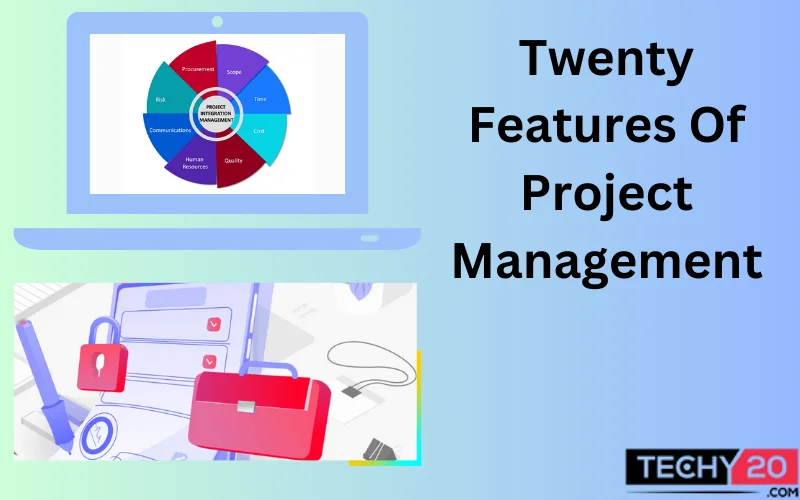Projects are an integral part of the college life. When there is a solid organisational framework, projects are always enjoyable to carry out. Project management is the way of organizing, planning, and executing goals and objectives while managing constraints like quality, risk, scope, time, cost, and resources to deliver value to its stakeholders. It includes several strategies, tools, and techniques for organising, carrying out, and delivering projects in a timely, cost-effective, and high-quality manner. The development and competitiveness of a firm are improved by effective project management. Here are some features for the best project management:
1. Task Management
Task management is the heart of project management. It involves creating, assigning, tracking, and completing tasks that contribute to project goals. Modern project management tools aid in breaking down projects into smaller, manageable tasks, to organize and delegate work.
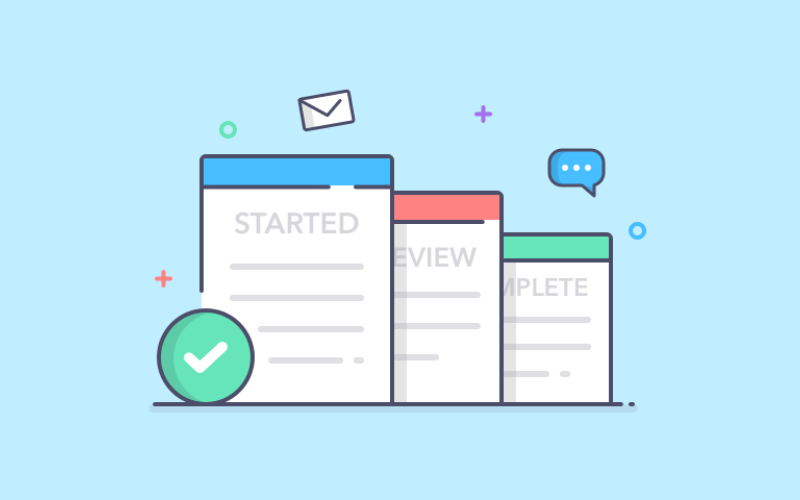
2. Gantt Charts
Gantt charts deliver a visual representation of project timelines. They display tasks and their dependencies over time, permitting project managers to see the project’s progression, identify bottlenecks, and adjust schedules as needed. They are invaluable for planning and tracking complex projects.
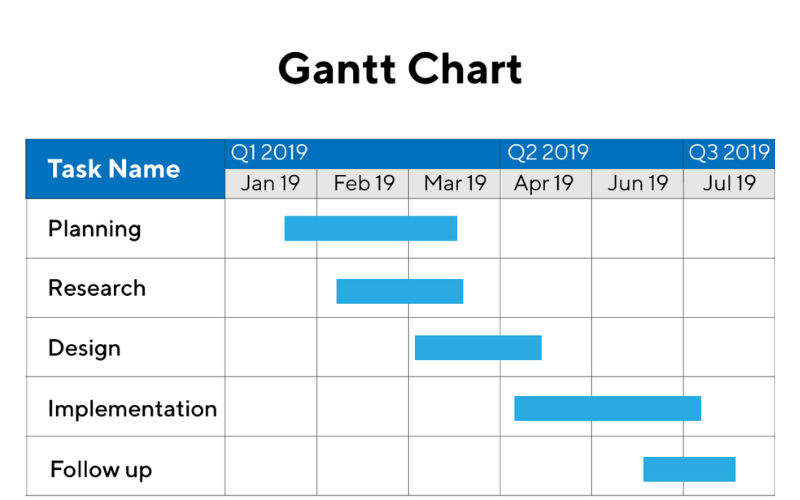
3. Kanban Boards
Kanban Boards is a methodology to visualize the workflow. They help teams manage tasks by representing them as cards that move through columns or stages (e.g., “To-Do,” “In Progress,” “Done”). This approach makes it easy to track task status and identify where work might be stuck.
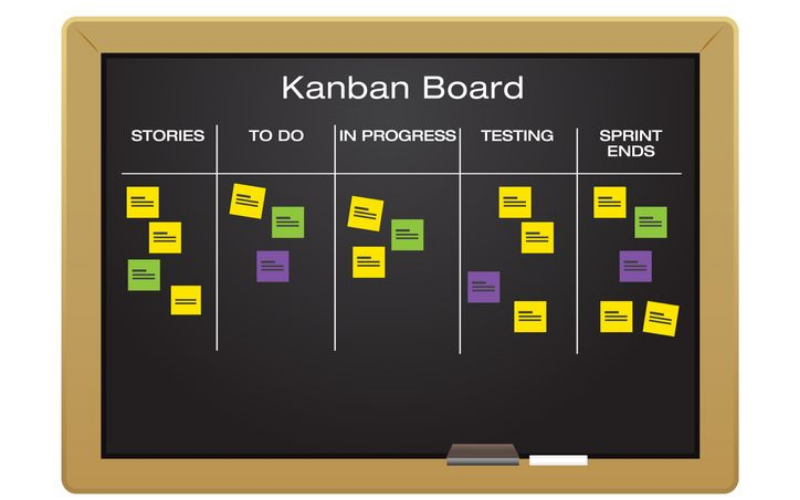
4. Resource Allocation
Resource allocation involves assigning team members, equipment, and other resources to specific tasks or projects. Efficient resource allocation ensures that work is distributed evenly and that team members are not overburdened or underutilized.
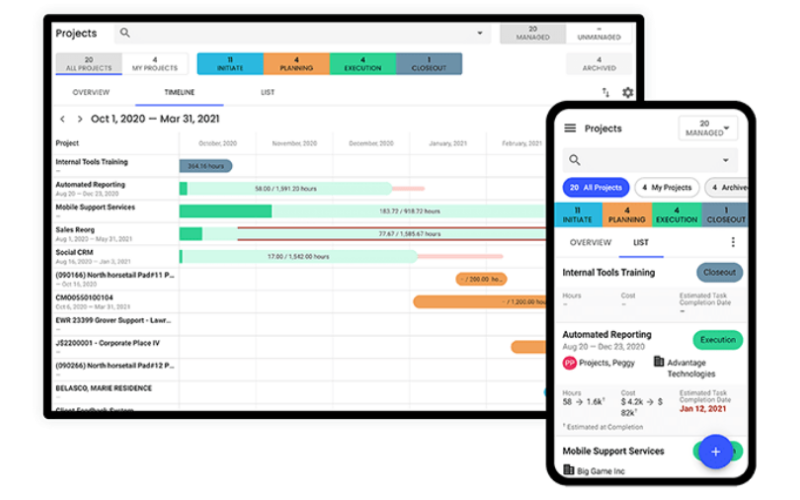
5. Budget And Time Tracking
Time tracking enables teams to monitor the time spent on tasks and projects. This data is crucial for evaluating project progress, estimating future work, and ensuring that projects stay on schedule. Managing project finances is also a major responsibility of project managers. Budget tracking involves monitoring project expenses against the allocated budget. This helps ensure that the project remains financially viable and that costs are controlled.
![]()
6. Customizable Workflows
Every project is unique, and customizable workflows allow project managers to tailor the project management process to the specific needs of their project or organization. It involves defining stages, statuses, and rules that reflect on project’s requirements.
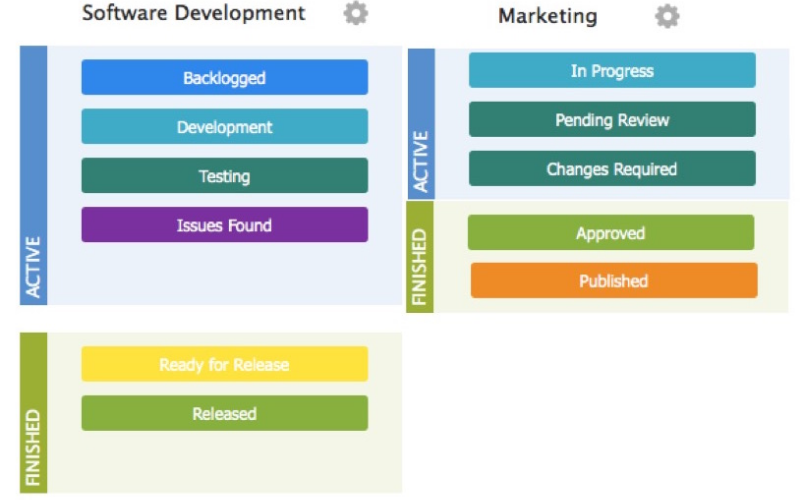
7. Document Management
Document management enables users to store, organize, and share project-related documents and files in a centralized repository. It ensures that all team members have access to the latest project documentation, reducing the risk of information silos and version control issues. Document management tools often include features like document tagging, access controls, and version history.
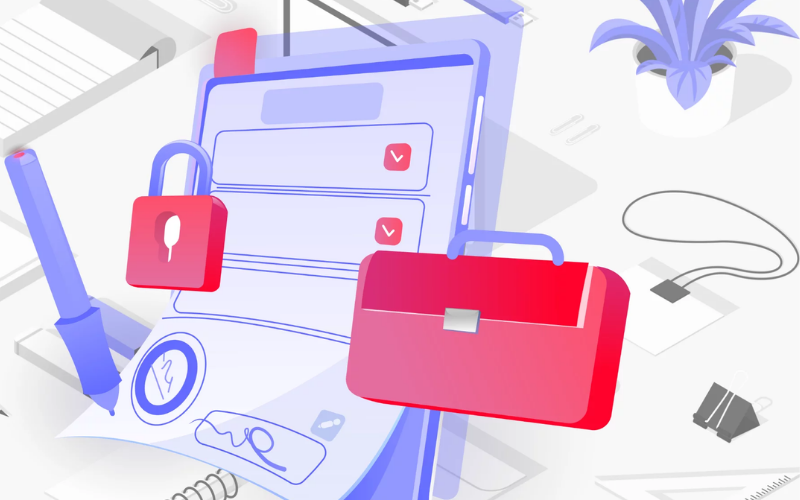
8. File Versioning
File versioning maintains multiple iterations of a document or file within the project management system. This is crucial for tracking changes over time, reverting to previous versions if needed, and ensuring document integrity. It helps prevent data loss and supports collaborative work.
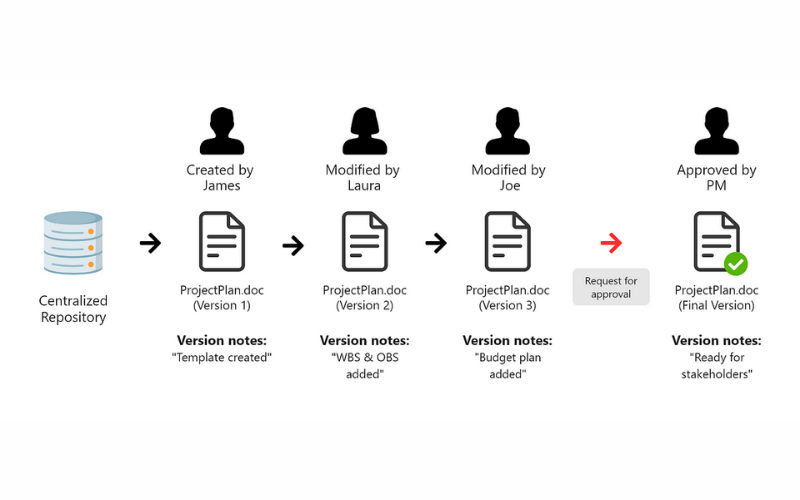
9. Collaboration Tools
Collaboration tools enhance communication and teamwork among project stakeholders. These tools include real-time chat, discussion boards, commenting on actions or documents, and collaborative editing. They offer efficient information exchange and problem-solving within the project team.
10. Reporting And Analytics
Reporting and analytics offer insights into project performance. Users develop customizable reports and dashboards to summarize project metrics, progress, and trends. These tools help project managers make informed decisions, find areas for improvement, and communicate project status to stakeholders effectively.
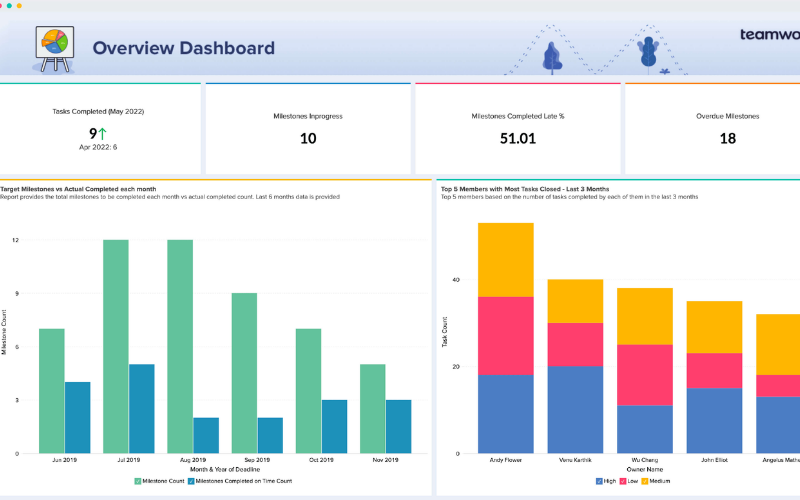
11. Risk Management
Risk management tools assist in identifying, assessing, and mitigating project risks. They ensure that projects are better prepared to handle unexpected challenges. They aid project managers in prioritizing risks based on their impact and likelihood, anticipate potential issues, and create risk response strategies.

12. Issue Tracking
Issue tracking features help teams identify and manage problems or obstacles that arise during a project. Users can log issues, assign responsibility for resolution, set priorities, and track progress. This ensures that issues are addressed promptly, minimising their impact on project timelines.
![]()
13. Portfolio Management
Portfolio management tools enable organizations to oversee multiple projects simultaneously. They help optimize resource utilization and investment decisions. They offer a holistic view of project portfolios for stakeholders to allocate and prioritize resources, and align projects with strategic objectives.
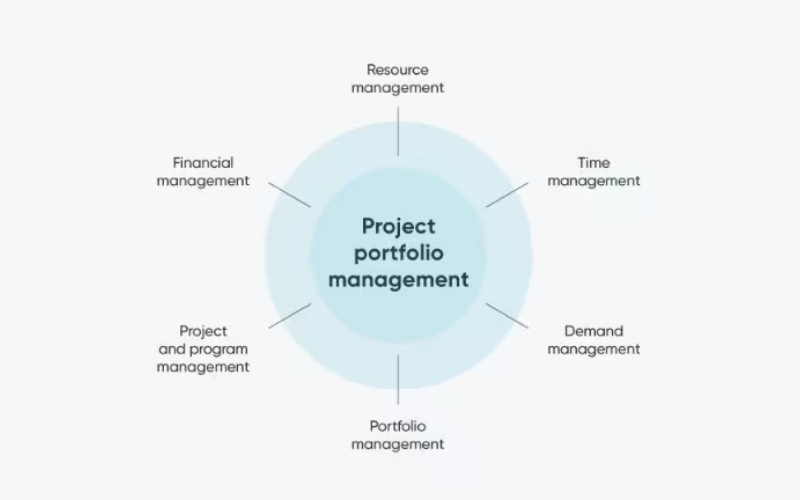
14. Resource Scheduling
Resource scheduling capabilities assist in assigning team members and assets to tasks or projects based on availability and skillsets. These tools prevent resource overallocation or underutilization, optimizing project workflows and timelines.
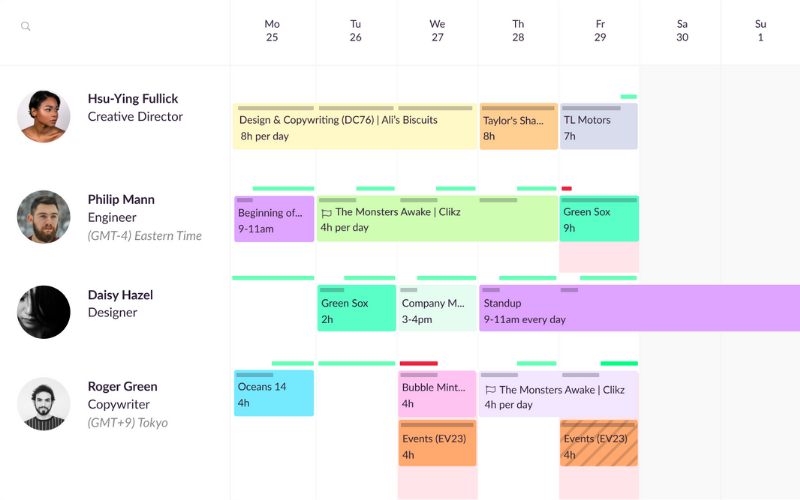
15. Integration Capabilities
Integration capabilities allow project management software to connect with other tools and systems commonly used in an organization, such as calendars, email, CRM, or accounting software. Integration streamlines data exchange automates workflows, and enhances collaboration between other departments or teams.
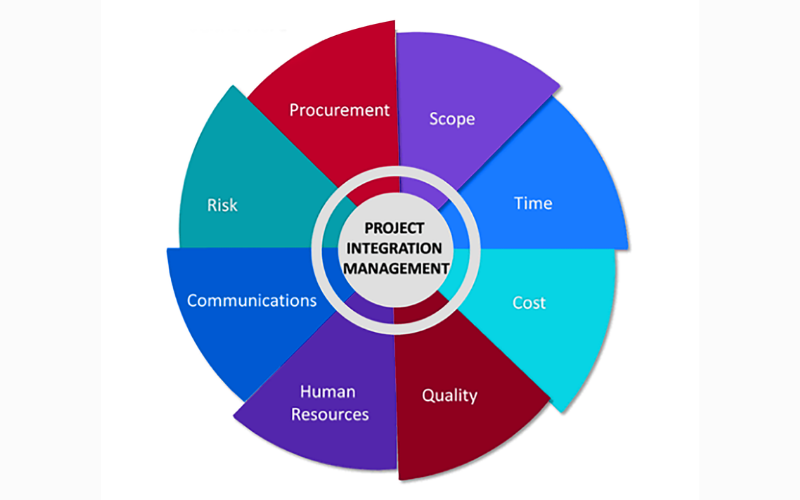
16. Mobile Accessibility
Mobile accessibility is a crucial feature that enables users to access and manage their project information on smartphones and tablets. With the need for remote work and on-the-go access, mobile-friendly project management apps or responsive web interfaces ensure that team members can stay connected and productive from anywhere. It allows for real-time updates, task tracking, and communication, enhancing overall project agility.
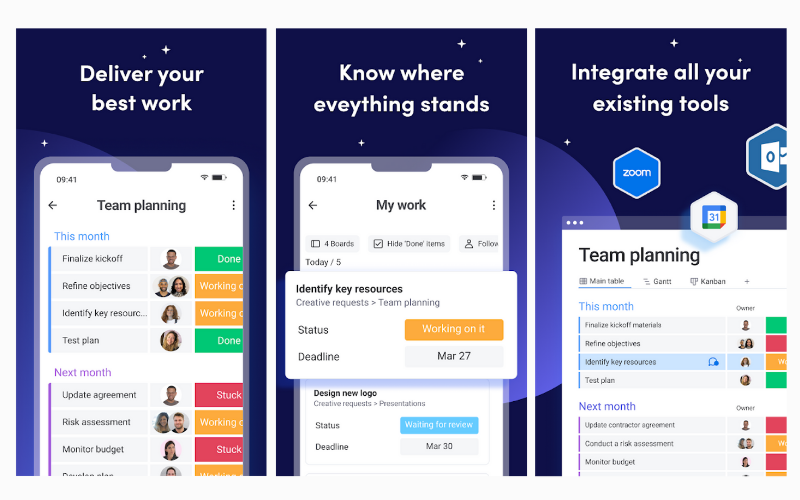
17. Client And Stakeholder Access
Client and stakeholder access features allow external parties, such as clients, customers, or collaborators, to view specific project information or reports without requiring full access to the project management platform. This feature facilitates transparent communication and provides stakeholders with visibility into project progress and milestones. It’s particularly valuable for client collaboration and maintaining transparency in client-facing projects.
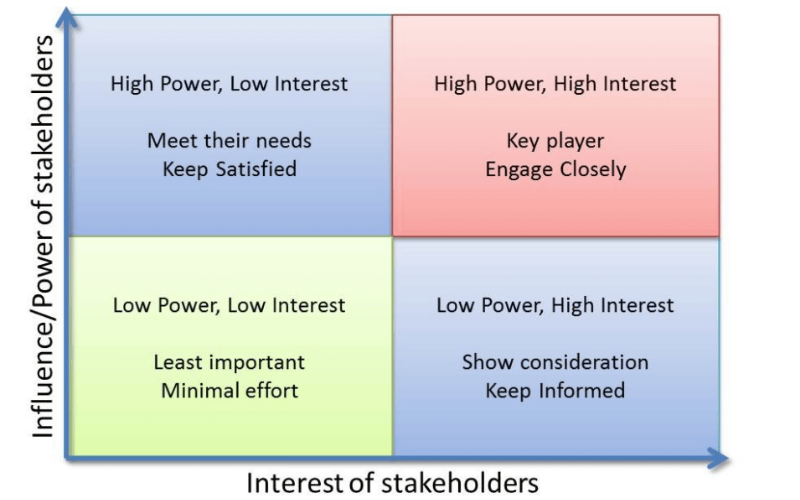
18. Project Templates
Project templates create standardized project structures, task lists, workflows, and documentation that can be reused for similar projects in the future. Teams can customize templates to fit the specific requirements of each project type, streamlining project initiation and planning processes.
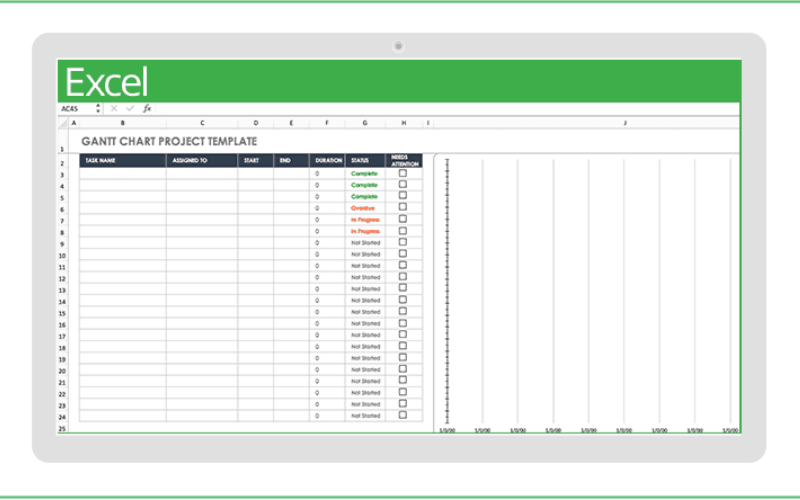
19. Billing And Invoicing
Billing and invoicing features within project management software help organizations track project costs, bill clients or internal departments accurately, and generate invoices. They often integrate with accounting systems, streamlining financial processes. It is used for service-based industries, as it ensures accurate billing for billable hours or project expenses.
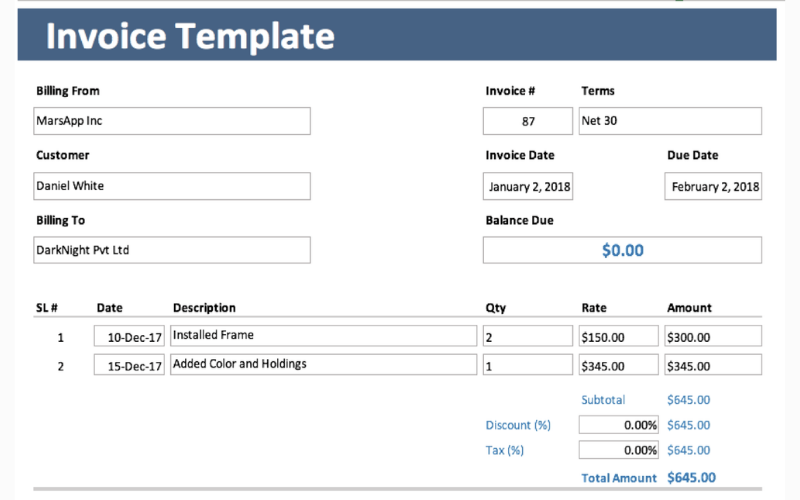
20. Data Security
Data security safeguards sensitive project information and prevents unauthorised access, data breaches, or loss. Project management systems implement role-based access controls, and robust security measures, including data encryption, user authentication, and regular backups. Compliance with data protection regulations is vital to ensure data privacy.


